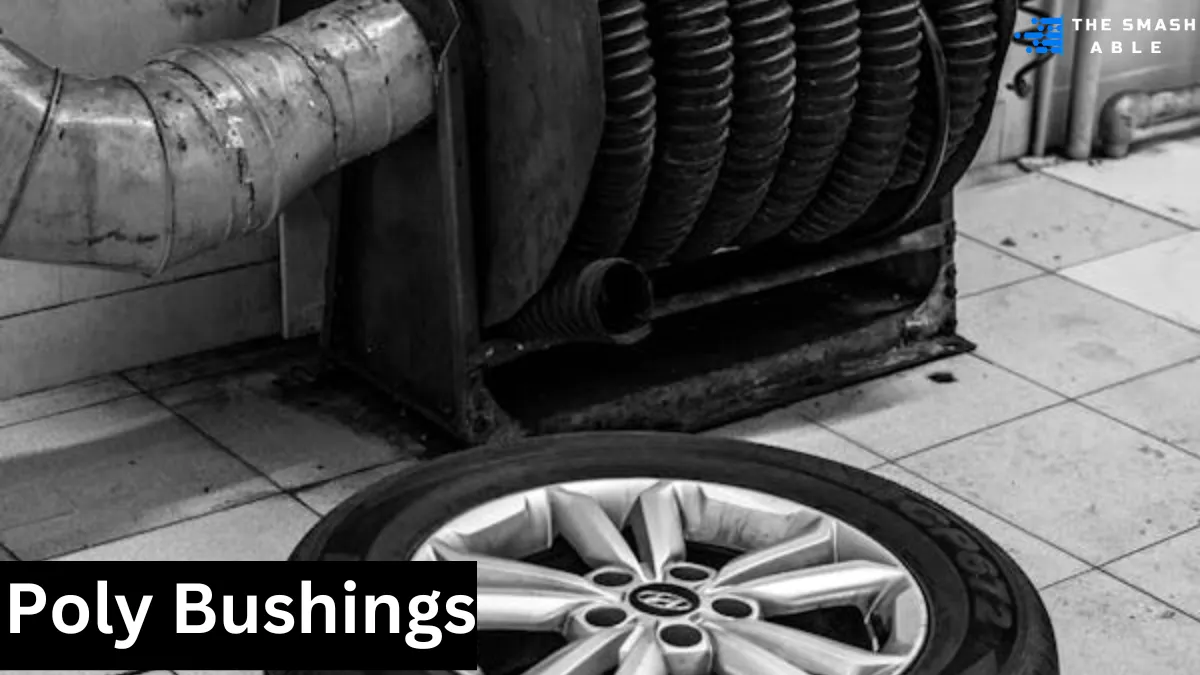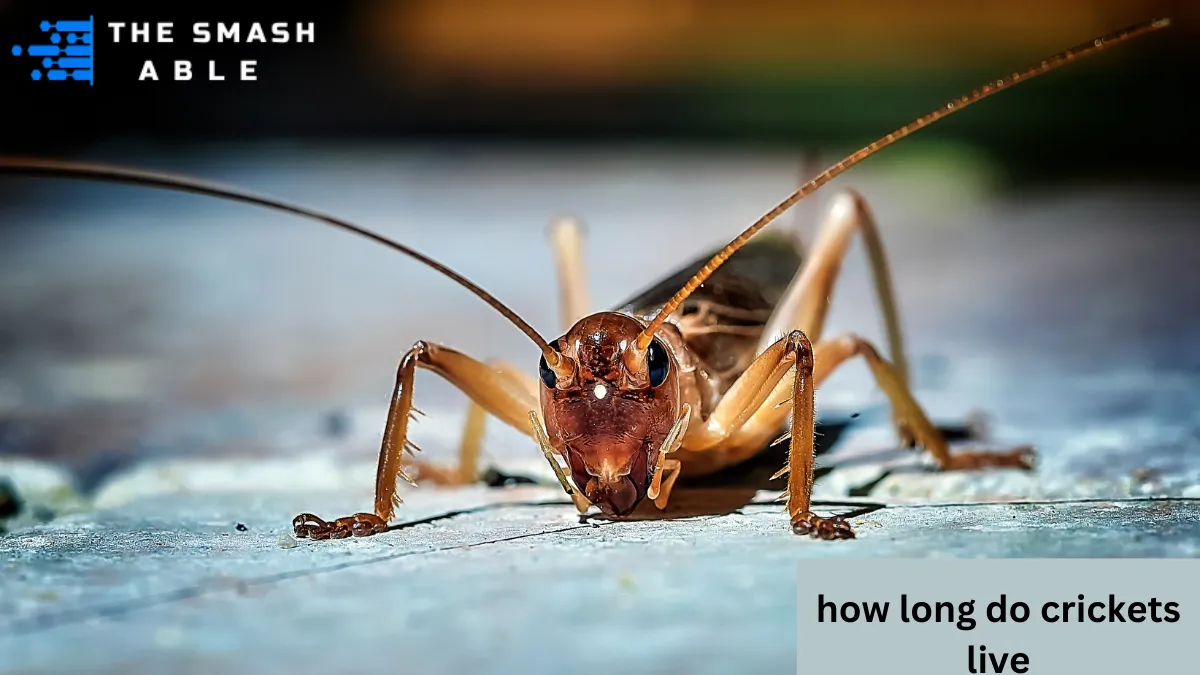Table of Contents
When upgrading your vehicle’s suspension with poly bushings, questions about the break-in period are common. These bushings enhance responsiveness and precise handling but may initially introduce noise and vibration (NVH). Designed for optimal performance, suspension components like sway bars or control arm bushings typically require a hundred miles or more to settle fully. Using lubricant during installation and regular maintenance ensures these bushings last for a long life span.
What Are Poly Bushings and Why Do They Need a Break-In Period?
Crafted from powerful or profane materials, poly bushings outperform rubber ones in durability and deformation resistance. While initially stiff, this adjustment period improves front-end stability and chassis balance. Whether enhancing sway bars, motor mounts, or trailing arms, these bushings provide benefits like reduced vibration and superior control arm flexibility. Over the first few hundred miles, they adjust to hard acceleration and off-road challenges.
How Long Will Poly Bushings Break In?
So, how long for poly bushings to break in? Generally, it takes around 500 to 1,000 miles of driving for poly bushings to adjust fully. You may notice minor noises or vibrations during this time, which is normal. The bushings need time to mold slightly to your vehicle’s movement and pressure. This period also helps the bushings lubricate naturally, making for a quieter and more comfortable ride in the long run.
Why Choose Poly Bushings Over Rubber?
- Durability: Poly bushings resist wear, UV damage, and chemicals better than rubber, making them a longer-lasting choice.
- Enhanced Handling: With a stiffer material, poly bushings reduce unwanted suspension flex, offering sharper handling and improved cornering.
- Longevity: Unlike rubber bushings, which can crack or break down from heat and moisture, polyurethane bushings are built to withstand the elements and last longer.
What to Expect During the Break-In Period
Here’s what drivers typically experience during the poly bushing break-in:
- Slight Squeaks or Creaks: New poly bushings commonly squeak or creak in the early days. This noise often fades as the bushings settle and distribute lubrication.
- Stiffness in Handling: Your steering might feel stiffer in the beginning. This stiffness gradually loosens as the bushings adjust to your driving style and vehicle weight.
- Improved Control Over Time: As the break-in period progresses, you’ll likely notice better control. The bushings adapt to movement, creating smoother transitions and more responsive handling.
Factors Influencing Poly Bushing Break-In Time
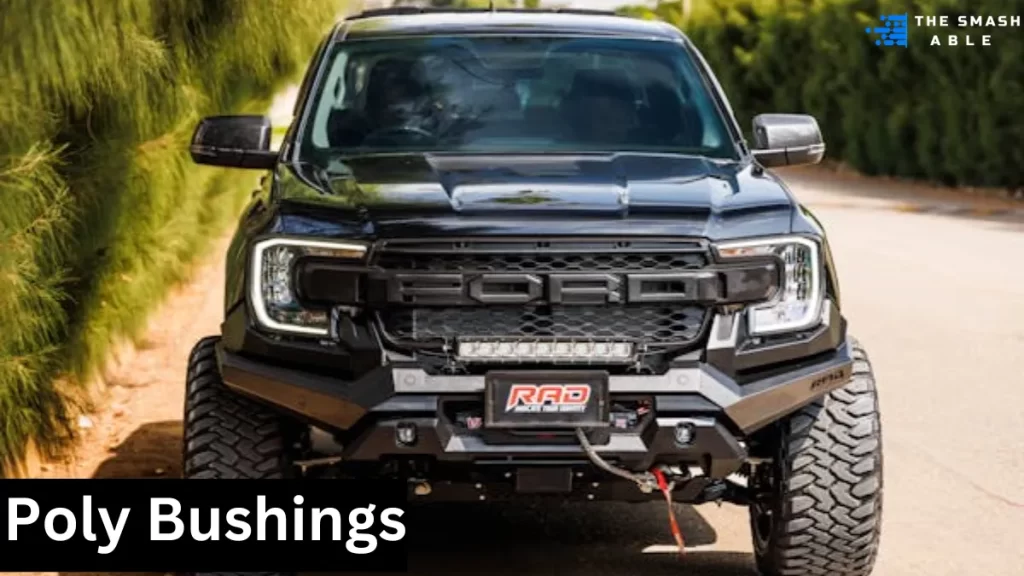
The break-in time for poly bushings can vary depending on a few key factors:
- Type of Vehicle
- The weight and design of your vehicle can impact the break-in period. Heavier vehicles may see a quicker break-in due to the added load on the bushings.
- Driving Conditions
- Your driving environment plays a significant role. Stop-and-go traffic or rough road conditions can speed up the break-in process, while smooth highway driving may extend it.
- Installation Process
- Proper installation is crucial for an efficient break-in. Incorrect installation or insufficient lubrication can lead to uneven wear and a prolonged break-in period.
- Lubrication
- Poly bushings need specific grease or lubrication for smooth movement and noise prevention. Without proper lubrication, friction may increase, leading to a longer break-in time and possible premature wear.
Also Read: how long for poly bushings to break in – But How
How to Speed Up the Break-In Process for Poly Bushings
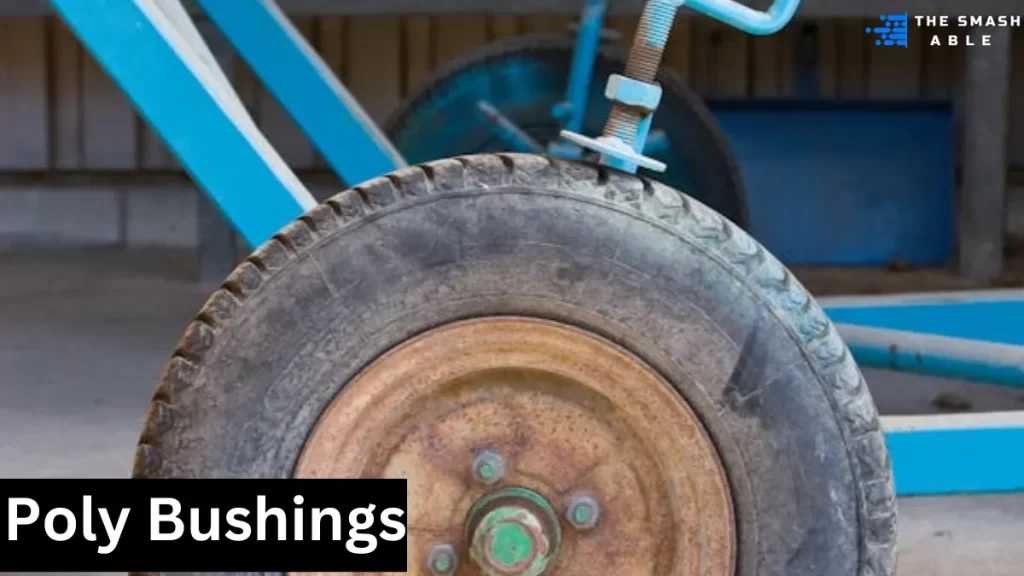
While patience is critical, a few steps can help your poly bushings break in faster and more effectively:
- Drive Consistently: Frequent, consistent driving helps bushings settle in. Try to vary your routes, including smooth roads and slightly bumpier terrains, to help the bushings adapt.
- Regularly Check Lubrication: Poly bushings often require lubrication to reduce friction and noise. Check with your mechanic to ensure they’re well-lubricated for a smoother break-in process.
- Inspect for Any Tightness: Consider getting an alignment check if you notice ongoing stiffness. Ensuring the bushings and suspension parts are correctly aligned reduces stress and speeds up break-in.
Also Read: Can You Go to Jail at an Arraignment? Legal Insights
Critical Tips for Maintaining Poly Bushings Post-Break-In
How long for poly bushings to break in? Once your poly bushings are fully broken, you’ll want to maintain them to ensure a smooth, long-lasting ride. The following advice can help you keep them in good shape:
- Check Lubrication Every 6 Months: Poly bushings do best when kept lubricated. A quick check twice a year can prevent squeaks and ensure they remain flexible.
- Inspect for Wear and Tear: Although poly bushings are durable, it’s wise to check for any signs of cracking or wear during routine maintenance.
- Drive Smoothly. Constantly driving over rough terrain can wear bushings faster. Smooth driving can extend their life and preserve the comfortable ride they’re meant to deliver
Also Read: Can you enclose a deck with windows and doors?
Enjoy the Ride with Fully Broken-In Poly Bushings
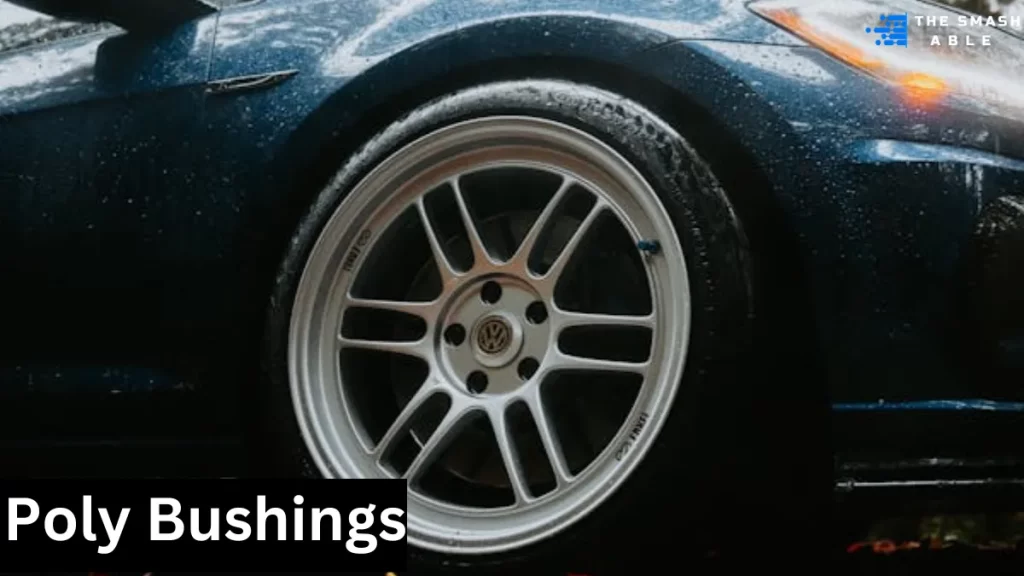
Knowing how long for poly bushings to break in can help set realistic expectations for anyone upgrading their vehicle. Typically, 500 to 1,000 miles are all it takes for poly bushings to settle into place. You’ll enjoy better handling, reduced noise, and a more stable ride with proper care and regular checks. Follow these tips to smooth the break-in process and get the best performance out of your poly bushings for years.

